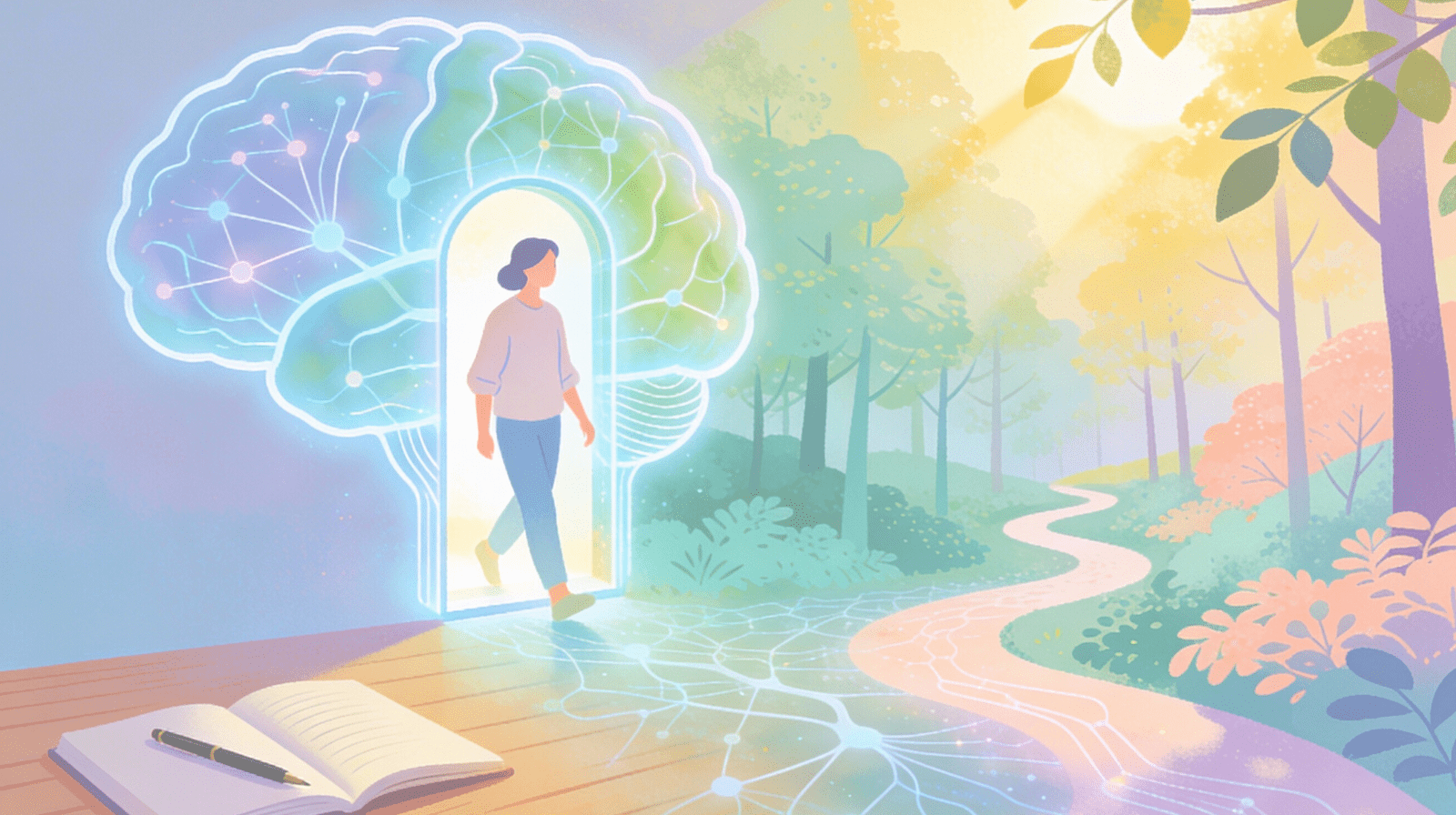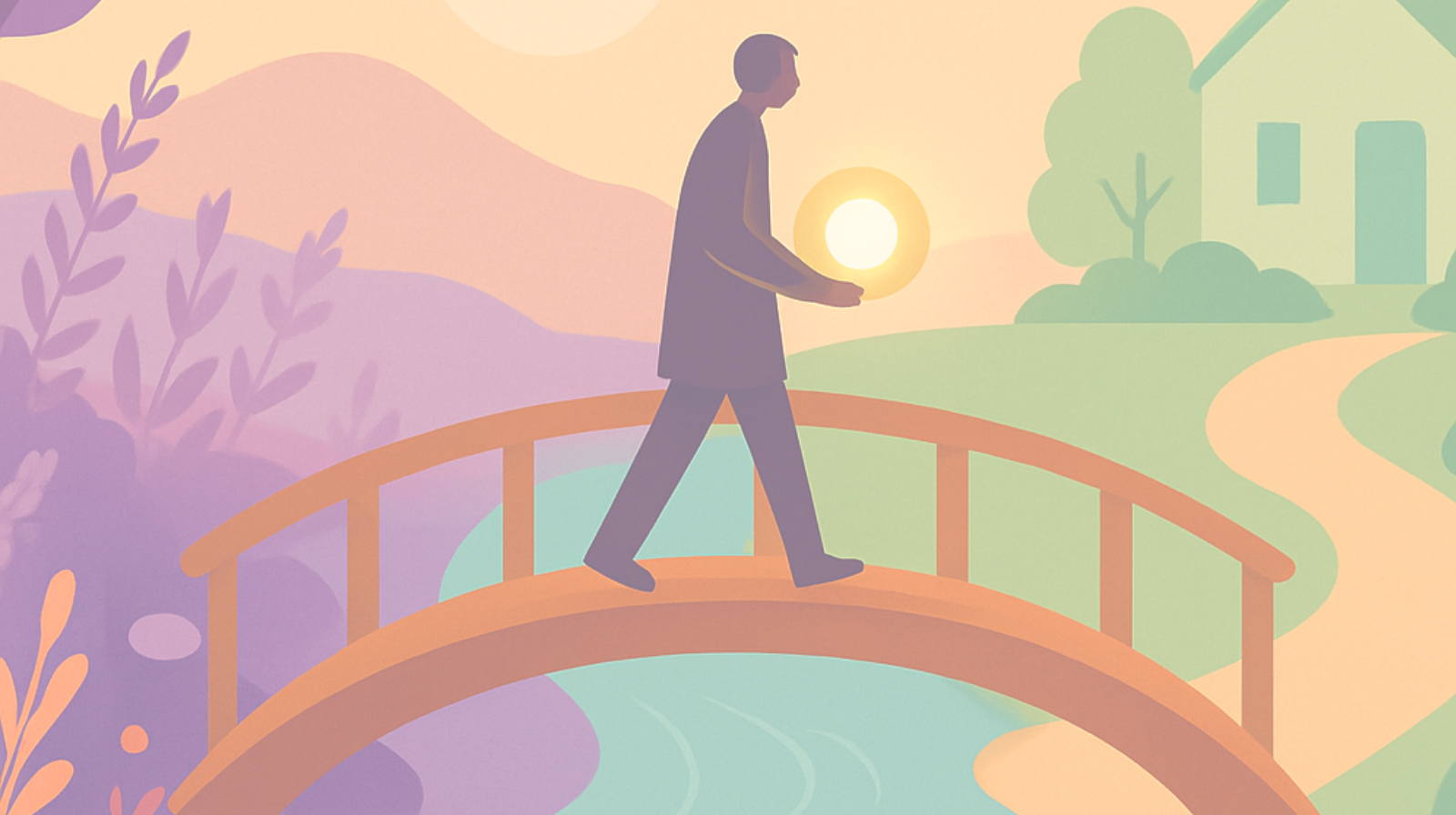
The Role of Music in Psychedelic Retreats: Before, During, and After
In the context of a psychedelic retreat, music becomes something even more powerful: a guide, a container, and in many ways, a form of medicine.
At Beckley Retreats, music is not an afterthought. It is carefully curated across every stage of the journey – from intention-setting, to the psilocybin mushroom ceremonies imbued with live music, to the final steps of integration. But why does music matter so much during psilocybin experiences? What does the latest research have to say about the use of music in psychedelic sessions? And how can we use it to deepen altered states of consciousness?
Let’s explore the relationship between music and psychedelic retreats, and how sound becomes its own kind of teacher.
Why Music and Psychedelics Go Hand in Hand
Psychedelics like psilocybin amplify sensory and emotional perception. They open us up – not only to what’s around us, but to what’s within. Music, in this altered state, becomes a profoundly visceral experience. It can soothe or stir, ground or uplift, evoke tears or laughter. Music can help facilitate insights, emotional release, positive emotions, mystical experiences, and a feeling of reverence and awe. Certain types of music can also be useful for processing and overcoming difficult emotions.
In a recent study published by Johns Hopkins University, researchers found that music was one of the strongest predictors of positive outcomes during psilocybin sessions. Participants who reported the greatest emotional connection to the music also experienced the longest lasting psychological benefits, including increased openness and mental wellbeing (Barrett et al., 2018).
This connection is not incidental. As psychedelics quiet the brain’s default mode network (DMN), they create space for new pathways to form. Music seems to shape and guide those pathways, helping participants navigate their inner landscapes. Think of it as a compass – one made not of metal, but melody.
The Neuroscience of Music and Psychedelics
From a neuroscientific perspective, the synergy between music and psychedelics is profound.
Neuroimaging studies by researchers at Imperial College London have shown that psilocybin increases global brain connectivity, enabling communication between regions that don’t usually interact. Music stimulates many of these same regions: the auditory cortex, the amygdala (which processes emotions), and the hippocampus (also known as the brain’s memory center) (Kaelen et al., 2016).
Together, music and psilocybin seem to work in harmony, guiding the brain into a flexible, open state. One landmark study from 2017 found that music combined with psychedelics enhanced emotional responsiveness and increased the vividness of visual imagery and autobiographical memory (Kaelen et al., 2017).
In practice, this means music can help unlock long-buried memories, bring emotions to the surface, and provide a gentle structure to the otherwise fluid psychedelic state.
Before the Retreat: Music as Preparation
The role of music doesn’t begin with the first ceremony. At Beckley, we encourage participants to listen to a curated playlist in the weeks leading up to the retreat. This is a form of priming – a way to prepare your mindset before the ceremony, so that you arrive in a state of readiness.
Familiar music can create all kinds of emotional associations, as well as increase receptivity. It helps build what researchers call “set” — your mindset going into a psychedelic journey. According to Dr. Bill Richards of Johns Hopkins, preparing with music can “help participants access an inner posture of trust, surrender, and curiosity — all of which support transformative outcomes.”
The right songs can calm nervous energy and set the tone for introspection. Some are instrumental, while others include chants, ambient tones, or classical compositions. We have selected the pre-ceremony tracks carefully, based on their ability to evoke emotions. Of course, we don’t imagine that each track will have the same effect for every participant; the strength of the music lies in its ability to encourage reflection, which can manifest in a variety of ways.
During the Ceremony: Music as a Guide
On ceremony day, music becomes the invisible conductor that weaves the experience together.
Each phase of the journey — from ascent to peak to descent — is supported by a carefully crafted arc of sound. At Beckley, our facilitators curate playlists designed to match the emotional and energetic stages of the psilocybin experience. We include:
- Grounding rhythms to help you drop in.
- Expansive, ethereal tones during peak moments.
- Warm, melodic tracks for the integration window.
This arc mirrors the natural trajectory of a psilocybin journey. It supports what researchers call “emotional catharsis” — the release of long-held tension and strong emotions like sadness, grief, and shame. Through this release, many participants find themselves in a state of joy, bliss, or peacefulness. Emotional catharsis involves the processing of difficult or painful feelings and memories, leading to a state of equilibrium and resolution. This is often described as a weight or baggage being lifted – a release from the heavy shackles of the past.In the 2018 Johns Hopkins study mentioned earlier, participants often referred to the music as “the therapist.” It gave them something to hold onto, like an anchor that grounds them in choppy waters. In this study, the music also deepened in a unique way for participants; it was less about listening to the music and more about feeling it.
After the Retreat: Music as an Integration Tool
Long after the ceremony ends, the crucial role of music remains.
We’ve heard from countless Beckley alumni who return to their retreat playlists during moments of reflection, meditation, or difficulty. The same tracks that supported, guided, and elevated them during the ceremony now serve as touchstones — reminders of what felt, saw, and learned.
This is not just nostalgia. Studies from UCSF and NYU have shown that music can reactivate emotional states associated with prior psychedelic experiences, helping individuals reconnect to insights in a grounded way (Palhano-Fontes et al., 2015).
In essence, music can help people remember the most valuable aspects of their altered states, which are often hard to remember. Memory is context-dependent; we remember things based on the context surrounding them. If music was part of the context for someone’s psychedelic experience, then revisiting it in the sober state can facilitate the recollection of that experience. This is essential for integration: to apply insights to everyday life, we first have to be able to recall them.
At Beckley, we encourage participants to continue working with music as part of their integration. This might mean:
- Revisiting the ceremony playlist during journaling or breathwork.
- Using calming tracks to ground oneself during stressful moments.
Creating new playlists that reflect the “after” version of themselves — the kind of person they want to become, who they are in the process of becoming.
Participant Reflections
“During the ceremony, one track came on — just a simple flute melody — and I started sobbing,” one participant said. “It felt like I was being seen and held by something beyond language. I don’t know if it was the music or the medicine. Maybe both.”
Another described music as “the anchor I didn’t know I needed. When my thoughts became too much, I returned to the rhythm. It brought me back to myself.”
These stories are echoed across retreat communities and research labs alike: that music, when paired with psilocybin, can create extraordinary depth and resonance.
Final Notes: Music as a Sacred Technology
Music is a form of sacred technology. It’s been used in ceremony, healing, and celebration for tens of thousands of years. In psychedelic retreats, it takes on a modern role — one that blends neuroscience with spirituality, structure with emotion..
Whether it’s a drumbeat, a piano chord, or a choir of voices, the right music helps people open to their emotions and flow with the experience.. When sound and feeling synergize in this way, something extraordinary can unfold.
Sources:
- Epel, E. S., et al. (2015). Accelerated telomere shortening in response to life stress. Nature Communications.
- Ly, C., et al. (2018). Psychedelics promote structural and functional neural plasticity. Cell Reports.
- Griffiths, R. R., et al. (2022). Long-term effects of psilocybin on prosocial behavior. Journal of Psychopharmacology.
- Holt-Lunstad, J., et al. (2010). Social relationships and mortality risk: A meta-analytic review. PLOS Medicine.
- Simonsson, O., et al. (2020). Psychedelic use and physical health outcomes. Scientific Reports.
- Yale Psychedelic Science Group. (2021). Psilocybin enhances brain connectivity.


